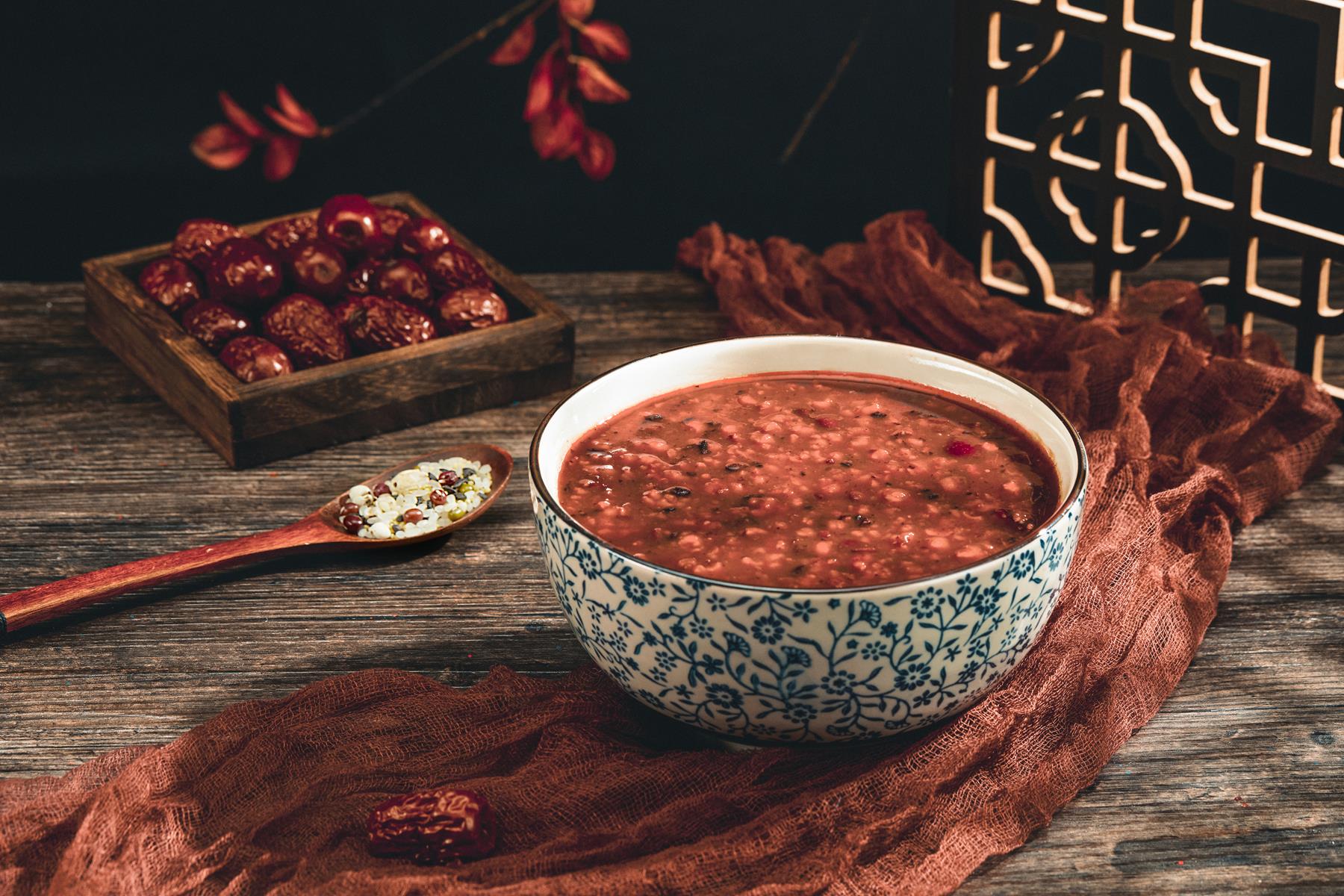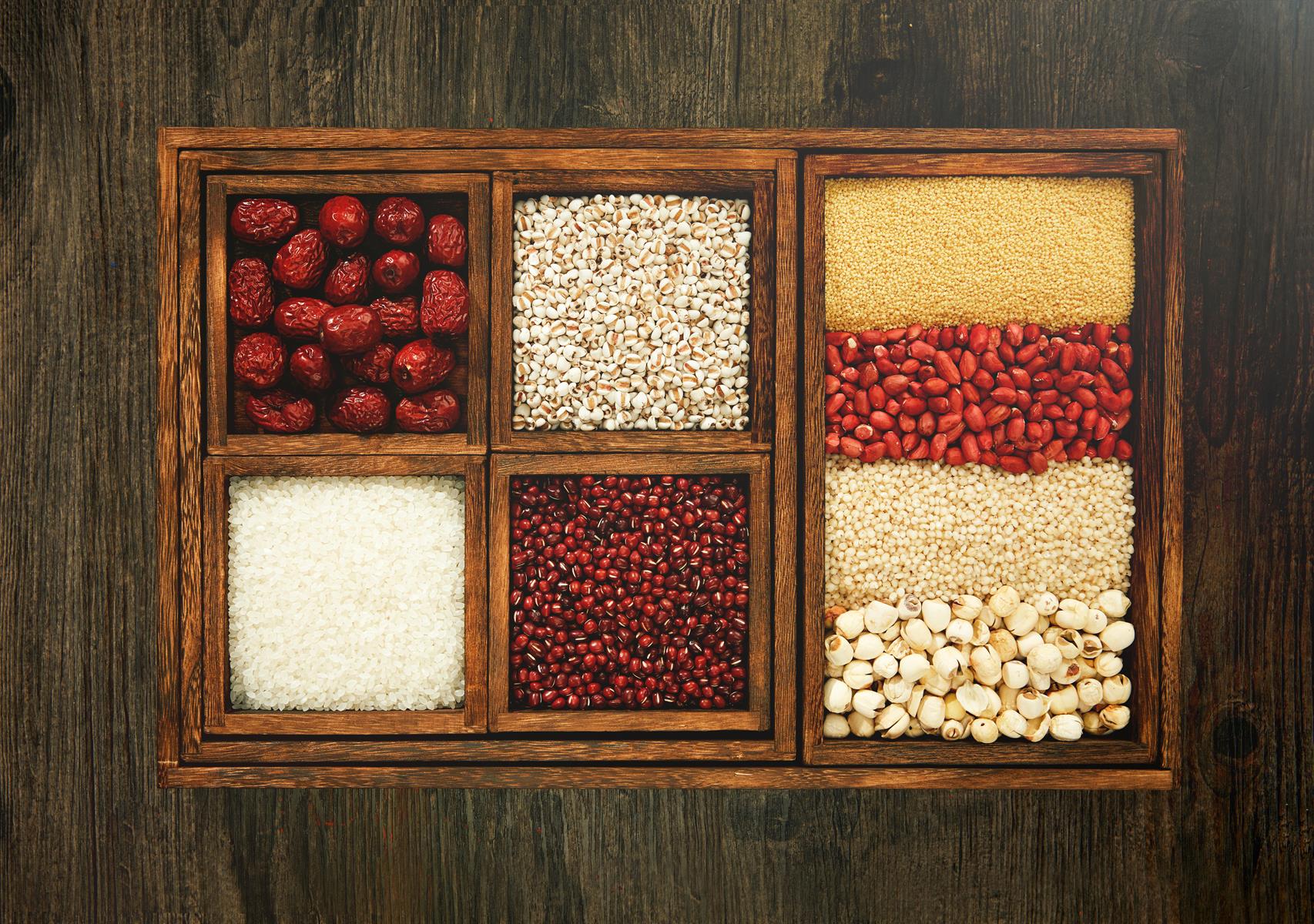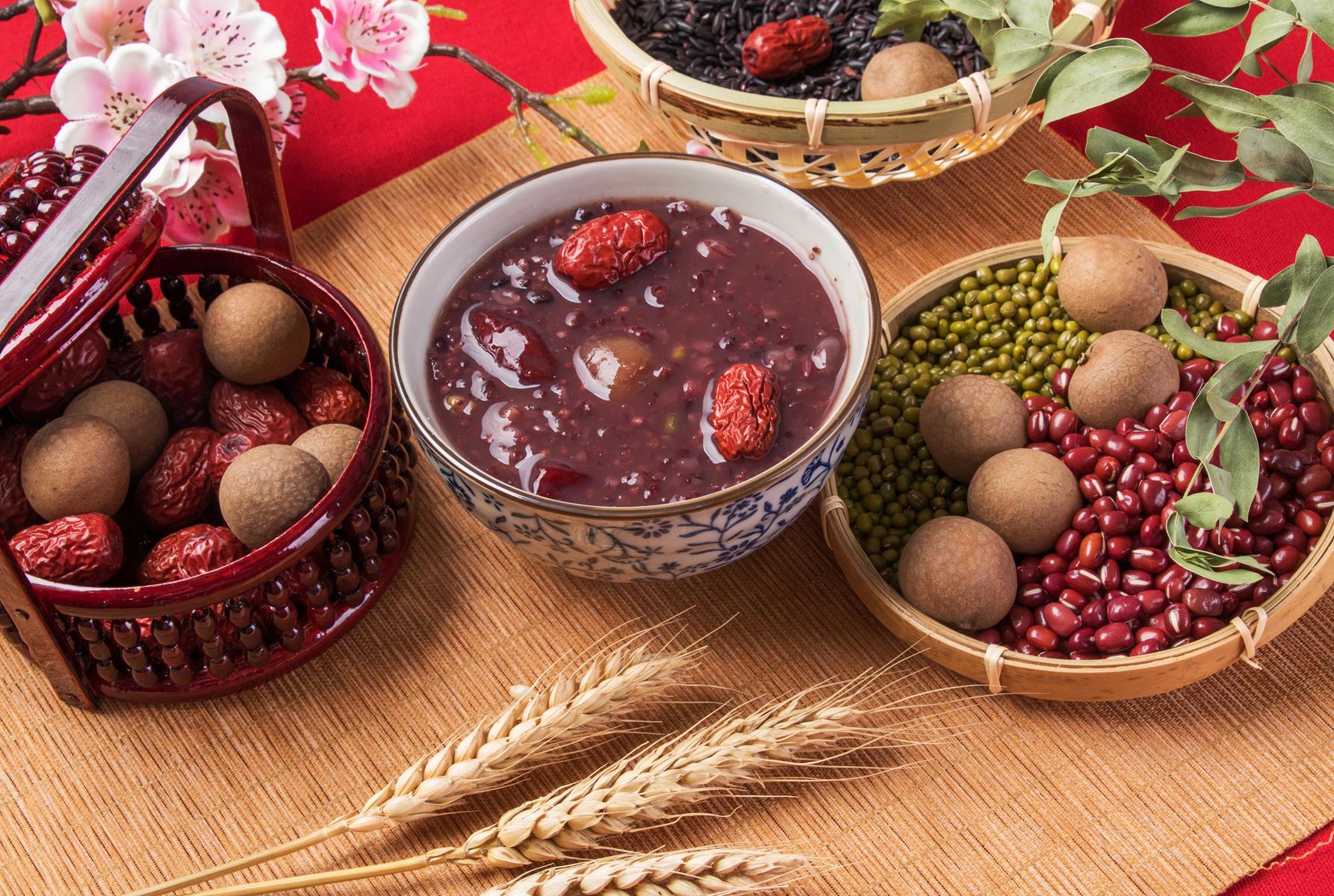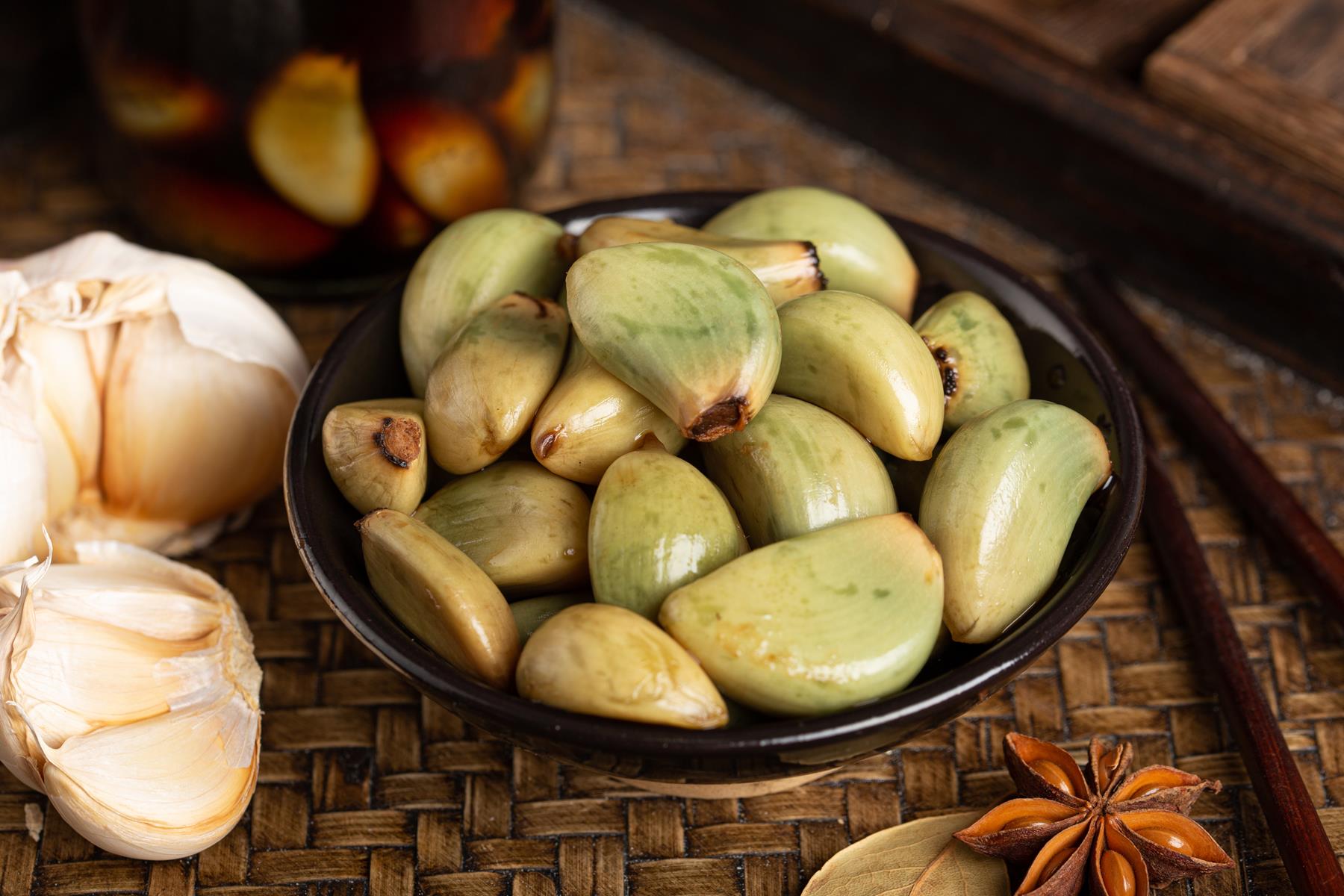



On the 8th day of the twelfth lunar month, known as "La Ba," this day marks the transition from the old to the new as "La" signifies connection in Chinese. Additionally, "La" is associated with hunting in winter, and in ancient times, people used to offer hunted game in ceremonies to pray for blessings.
Being the coldest time of the year, the 12th lunar month symbolises bidding farewell to the old and welcoming the coming Spring. Hence, the 8th day of this month is known as "La Ba," a significant day celebrated as the "Laba Festival."
The Laba Festival is an essential traditional Chinese festival, originating from ancient sacrificial rituals. Dating back to the Shang and Zhou dynasties, people held ceremonies in the twelfth month to pray for a prosperous harvest and the well-being of humans and animals. Over time, the Laba Festival's customs and legends have evolved into a vital part of Chinese traditional culture.
One of the most important Laba Festival customs in China is consuming Laba porridge. This tradition, dating back over a thousand years to the Southern Song Dynasty, is recorded in historical documents like Wu Zimù's "Dreams of Liang." In 2021, the Laba porridge custom was recognised as a national-level intangible cultural heritage, showcasing the cultural significance and vitality of Chinese civilisation.
The ingredients of Laba porridge vary across different regions in China. Initially made with red adzuki beans, it has evolved over time, incorporating local features. In the Song Dynasty, people used walnuts, pine nuts, dried fruits, chestnuts, and other ingredients. In the Ming Dynasty, Laba porridge included ingredients like yellow rice, white rice, glutinous rice, barley, wheat, chestnuts, and peeled jujubes, cooked and dyed red with added ingredients such as peach kernels, almonds, melon seeds, peanuts, hazelnuts, and white and brown sugar.
However, the basic ingredients remain nutrient-rich grains and legumes. Common ingredients include rice, millet, glutinous rice, barley, wheat, soybeans, mung beans, red beans, black beans, red dates, longan, and raisins. These ingredients align with traditional Chinese medicine, believed to have beneficial effects on health.
Drinking Laba porridge is a shared custom in both northern and southern China, differing primarily in taste and ingredients. In the north, sugar is commonly added, while in the south, Laba porridge can be both sweet and savoury. Beyond Laba porridge, various regional customs include pickling garlic, dipping in Laba vinegar, and consuming Laba noodles. In many areas of North China, it is customary to pickle garlic with vinegar on the 8th day of the twelfth month, resulting in a flavourful accompaniment for New Year's Eve dumplings.
As the saying goes, "Children, don't be greedy; after Laba, the Chinese New Year is near." With the arrival of Laba, the curtain is raised for the Chinese New Year, symbolising family reunions and the anticipation of the upcoming year. A bowl of Laba porridge, with its sweet and sticky mix of various grains, red dates, and beans, embodies the essence of the festive season, stirring deep nostalgia and hometown sentiments.
As Laba passes, the steps of reunion draw closer, and people begin preparing for the Chinese New Year by purchasing New Year goods, cleaning their homes, making cured meat, and eagerly anticipating the imminent Lunar New Year.
All Chinese People
China
On the 8th day of the twelfth lunar month.









